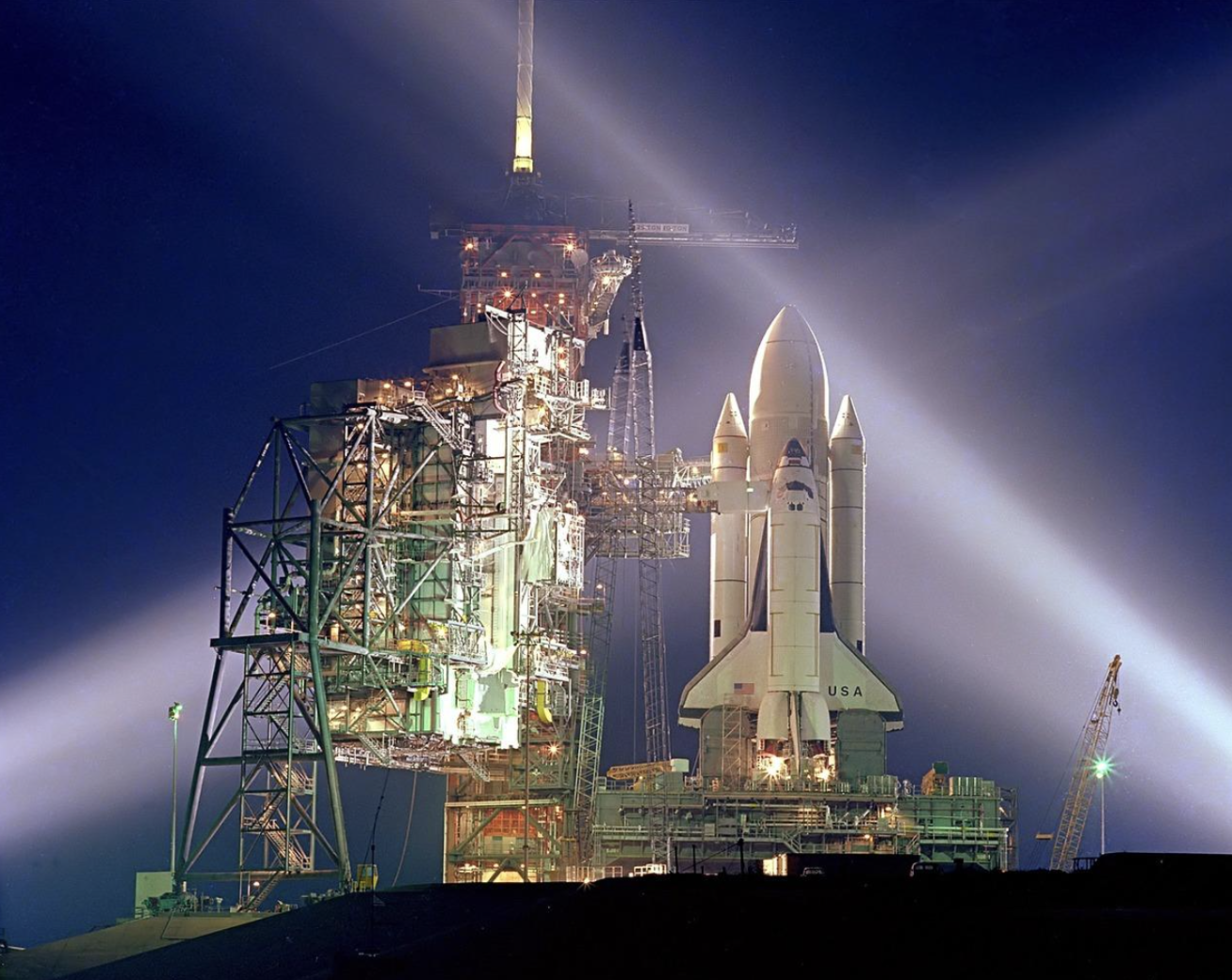
[객원 에디터 6기 / 이석현 기자] On February 1, 2003, a NASA space shuttle disintegrated upon re-entry into Earth’s atmosphere.
The Columbia Space Shuttle made its maiden flight on April 12, 1981. Over the years, it became a crucial component of NASA’s fleet, contributing to various scientific missions and advancements in space technology.
The tragic mission commenced on January 16, 2003, to conduct space station-class research in biology, medicine, materials science, pure physics, and technology development in the Microgravity Science Laboratory. The seven-member crew consisted of Commander Rick Husband, Pilot William McCool, Mission Specialists Michael Anderson, David Brown, Kalpana Chawla, and Laurel Clark, and Payload Specialist Ilan Ramon.
After a successful 16-day mission, the Columbia began its descent on February 1, 2003. As it re-entered Earth’s atmosphere at approximately 8:44 a.m. Eastern Standard Time, tragedy struck.
A piece of foam insulation, dislodged during liftoff, damaged the left wing and compromised its thermal protection system. At 9:00 a.m., communication with the Columbia became lost as it disintegrated over Texas.
In its aftermath, NASA reassessed its safety protocols and engineering practices. Its investigation revealed systemic issues in decision-making, communication, and organizational culture within the agency. In response, NASA implemented numerous changes to enhance safety, including improvements to the shuttle’s design, better monitoring systems, and enhanced crew escape mechanisms.
As we observe the 21st anniversary of the Columbia disaster, we must remember the sacrifices of the brave astronauts. Their legacy lives on in our pursuit of knowledge and unwavering determination to explore the cosmos, reminding us of the inherent risks and challenges that come with venturing beyond our planet.
Sources: The Guardian, Space.com, NASA, Britannica





